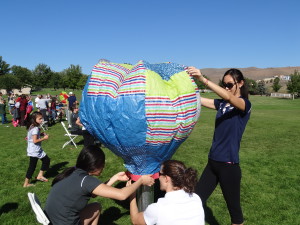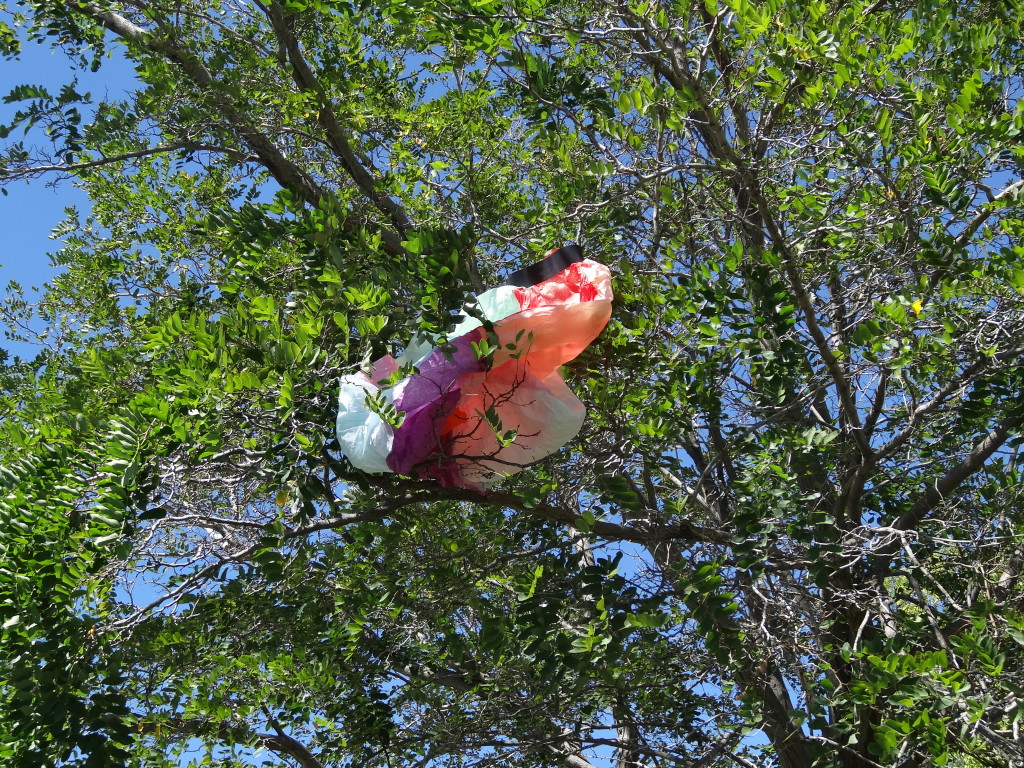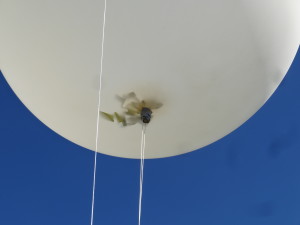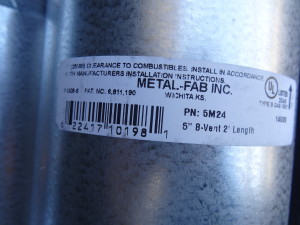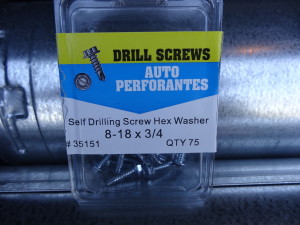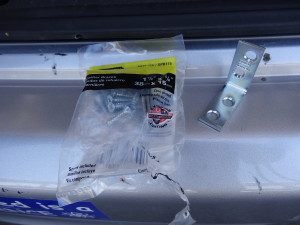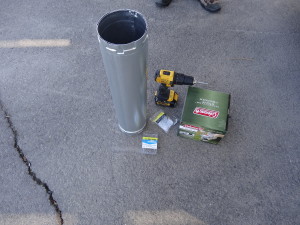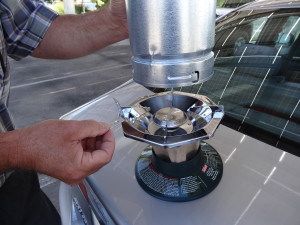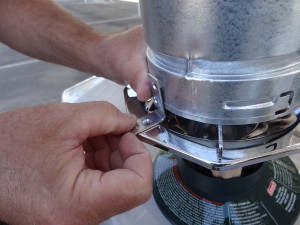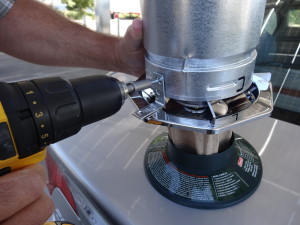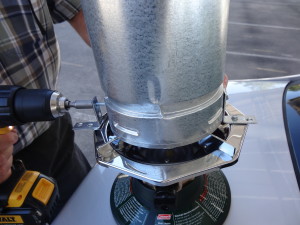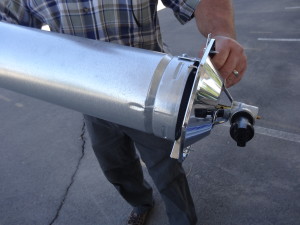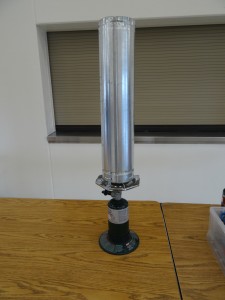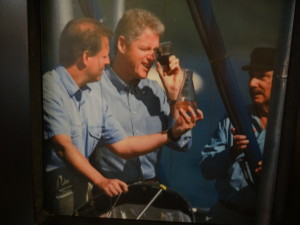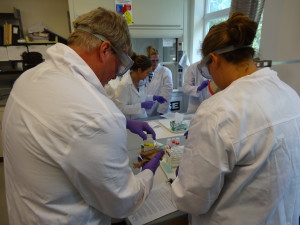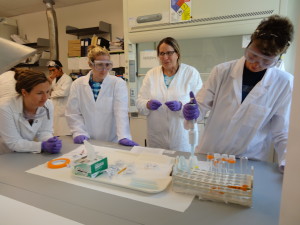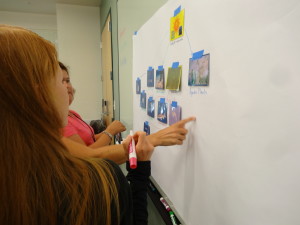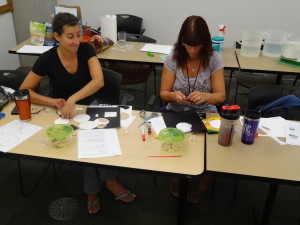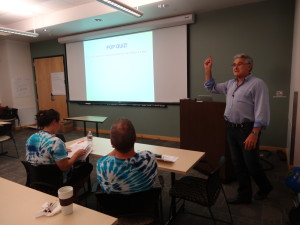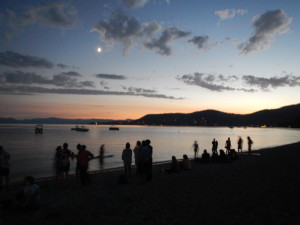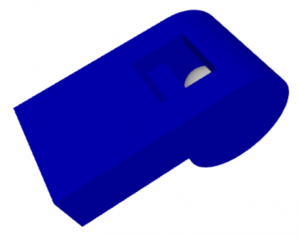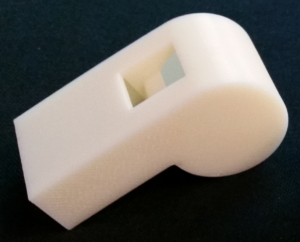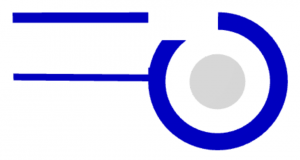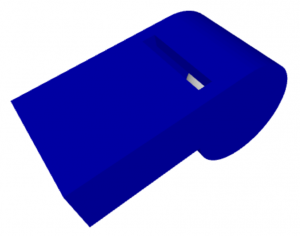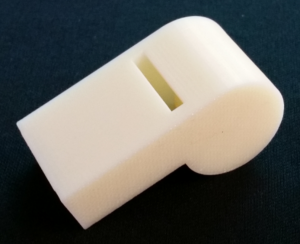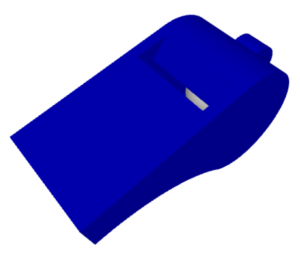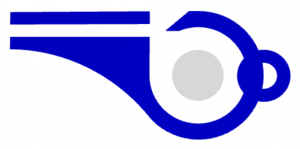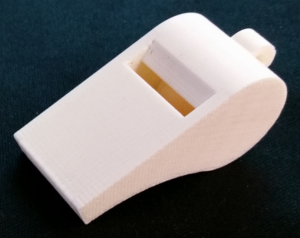“Reading” Sebastien Wiertz
Close reading is one of the “strategies du jour”.
From the Common Core State Standards in ELA:
1. Read closely to determine what the text says explicitly and to make logical inferences from it; cite specific textual evidence when writing or speaking to support conclusions drawn from the text.
In addition from the Harvard Writing Center:
The second step is interpreting your observations. What we’re basically talking about here is inductive reasoning: moving from the observation of particular facts and details to a conclusion, or interpretation, based on those observations. And, as with inductive reasoning, close reading requires careful gathering of data (your observations) and careful thinking about what these data add up to.
In pretty much all trainings and presentations I deliver about STEM learning, I stress how STEM is language intense. I go so far as to state that it is one of the most powerful language arts interventions available. But that is only true if you take advantage of the language learning (and loads of other learning possibilities) that STEM provides.
STEM learning is somewhat its own enemy because often the activity or experience involved is so interesting, intriguing or engaging (or all 3) that the students get excited and talk about it excitedly (and often parents voice how excited their child was when they came home) and teachers assume everything (or enough) important was learned. What is probably more often the case is that the lesson/learning experience was just about the STEM learning and integrating the language arts either isn’t part of the plan, the time to integrate isn’t perceived as important, or the usual issue of not feeling there is time rears its head.
This is a powerful learning opportunity missed. Really opportunities missed. Let’s focus on just one. Instead of “close reading,” we’ll refer to it for lack of a better name as “close doing” (but we could call it “close making” or “close observing” or other possibilities).
I point out repeatedly how too often field trips or major hands-on activities (doing or making activities) are planned to be experienced as either stand alone experiences or end of unit experiences with little to no emphasis on how they tie to the overall learning plan. Will the learning be integrated into all subjects or are those connections just assumed to be made? What if instead these experiences were provided early on in the unit? Example: Students are learning about animals- adaptations, habitats, and so forth. After a bit of learning about what adaptations and habitats are, we take a trip to a zoo or wildlife park to observe and learn about animals. Students are required to take notes and ask questions about the animals habitats and adaptations and take digital photos and video clips of animals, but also information displays and more.
Trips like these are usually exciting for students and even lead them to wonder and wanting to learn more. But often (as stated above) this also marks the end of the unit; “That was fun kids, next week we start learning about the planets!” Here’s where I propose “close doing” comes in. Using students memories, notes and photos (which I always archive somewhere like Flickr (free) so students, families and collaborators have access to them) we make close observations about each animal – what were some of the characteristics of each animal that helped them adapt (claws, fur, shells, eye size, … ) – colors, but more – not just white, but creamy white and white like a cloud or milk – even emphasize really what color white was it, cloud white? Pearl white? Cream white? Which is the best descriptive color, or texture, or simile to something man-made for example.
All the senses should come to bear: What did animals, their parts, their habitats, etc. look like, feel like (or look like they feel like if you couldn’t really touch them)) smell like, sound like … go deep! This takes time AND should probably happen during your language block, not just a science period (but could be both) because this is language study as much as it is science. Students should be taught and challenged to be close observers and inferrers. Just as close as they have to be when they are close reading.
The same is true for the hands-on activities- the doing and making experiences the students have. What did you observe during that experiment or construction/engineering piece? What were all the happenings, colors, actions, reactions and so on that you saw and explain what each one had to do or didn’t have to do with the overall result? Thinking “close” about how you observe and do and problem solve and more, about any of these aspects of a project or unit. (NOTE: You wouldn’t do the super intense “close doing/observing” with every part of the project – that’s as stifling as overdoing close reading – I’m saying consider picking some part of the learning or doing and do it every once in a while – a couple/three times a year maybe – then you have built and practiced those essential skills and have those “close doing” schema experiences to relate to in other subjects as well).
Just like it takes many readings and lots of probing questions to facilitate “close reading” skills and thinking, the same is true of observing and noting all of what was observed and/or done in “close doing.” Getting students to note all the meaning is the goal here too.
The vocabulary that comes from these experiences is amazing … and because it is based on schema all the students build together, and have in common, it becomes a valuable reading instruction resource later; “Remember when we saw that bear at the zoo and he seemed both scary and cuddly at the same time? How does this character remind you of that? Or how is this character different than that?” OR “Remember how we noted that the bear’s fur was brown like the bark on a redwood tree?” Why do you think this author chooses the colors she uses to describe the buildings and streets in this chapter?”
Then, because students have thought and taken notes about not only facts, but color, texture, actions, behaviors, and much more, they are scaffolded to write incredible descriptive poetry, stories, captions for the photos they took, narrations for videos that share and assess their learning and so much more.
“The second step is interpreting your observations. What we’re basically talking about here is inductive reasoning: moving from the observation of particular facts and details to a conclusion, or interpretation, based on those observations. And, as with inductive reasoning, close reading requires careful gathering of data (your observations) and careful thinking about what these data add up to.”
Remember this quote about close reading above? Re-read it and note how it fits with STEM learning. Ingesting that motivating, hands-on learning and taking the time to “interpret” it – then sharing through text or video, or podcast, or any number of other publishing portals … and preferably shared online to promote and obtain the benefits of connected and collaborative learning as well – emphasizing that “close” idea, just not only with text.
Let’s change out some of the words from the definition of close reading from above:
“Think about and do closely to determine what the research, experience, investigation and inquiry says explicitly and to make logical inferences from it; cite specific _ evidence when writing or speaking to support conclusions drawn from the research, observation, collaboration, inquiry and experience.”
So what I am saying is, is that STEM or inquiry learning is just as important and valuable a language arts learning opportunity as reading text, if the vocabulary and writing and research are emphasized and connected to close thinking and inferencing skills. And it provides another avenue or method to connect students struggling to interpret text to thinking about and explaining meaning and learning. Not saying it takes the place of reading text, just that it is as important to do because students are just as weak at interpreting, citing and inferring from other inputs, and articulating from them is just as important.
And if you build students “close doing” skills, the next time you are doing “close reading” – you have built schema for being successful at that as well: “Remember how long it took us to come up with “redwood bark” as a great description of the bear’s fur? How frustrated we were for awhile? But then when we came up with that and saw how near perfect it was as a description … how excited and motivated we were? That’s what we have to do now as we think about this text passage.”
Also note – if you are trying to jam STEM learning into a crowded schedule (STEM is a culture, not a time of day or day of the week), here is your valid reason and method to truly integrate it.
Learning is messy!


